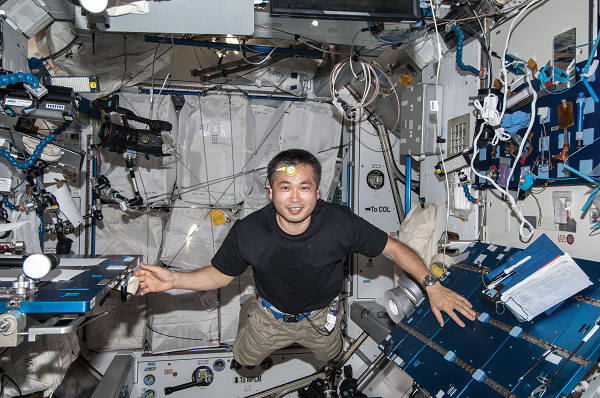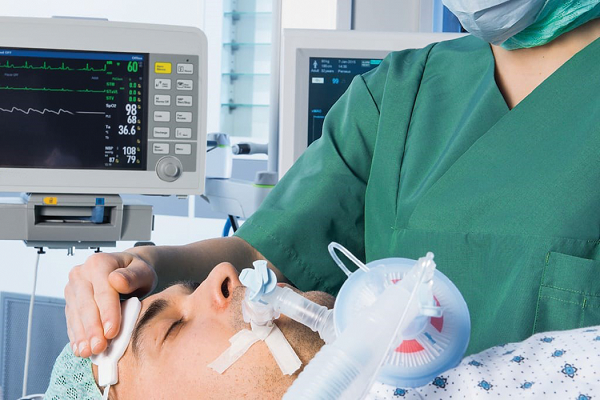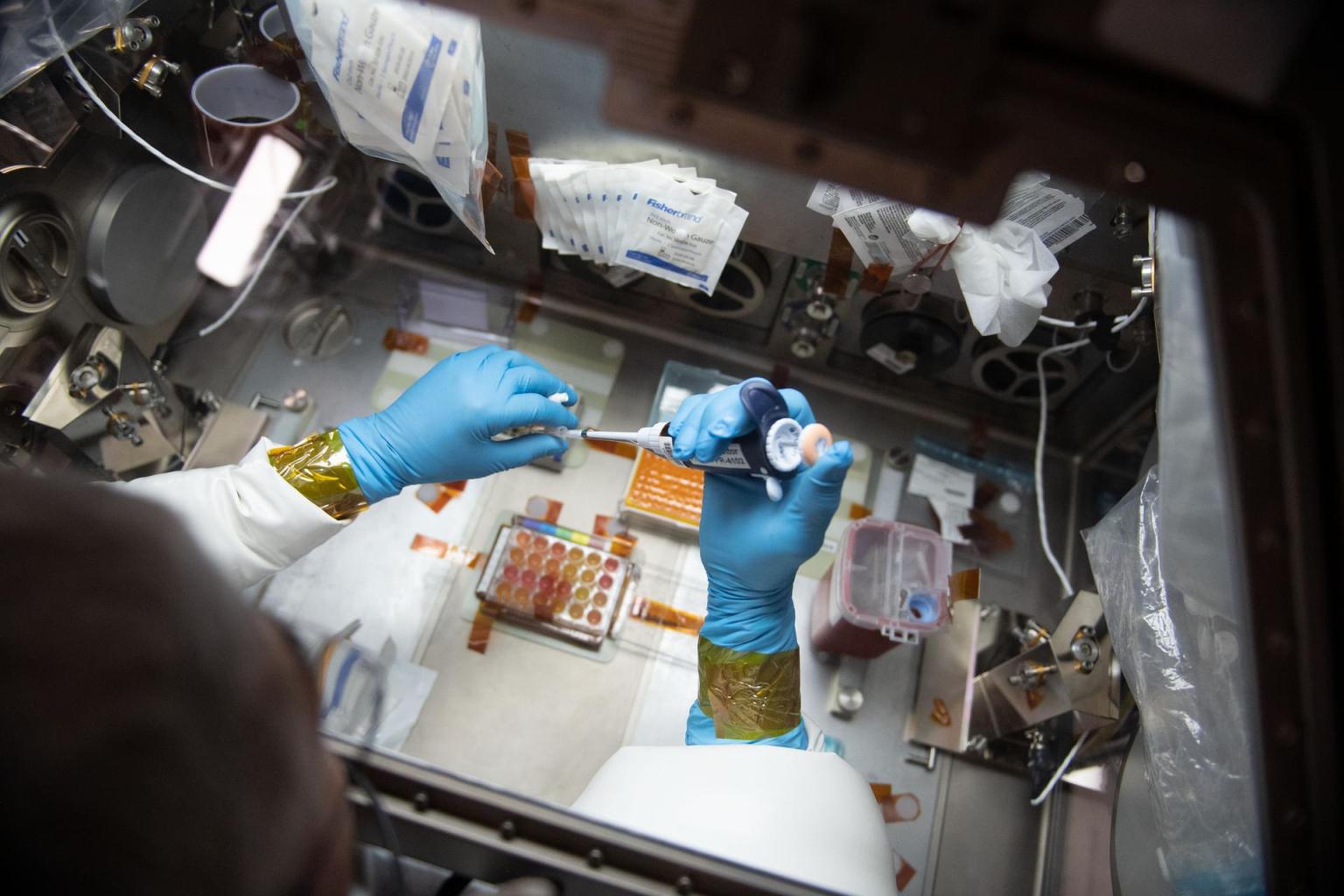Technology that measures body temperature, developed for the ESA (European Space Agency) Thermolab study, has begun to make a difference on Earth. Core body temperature rises faster during exercise on the International Space Station than it does on Earth, and the experiment has investigated body temperature regulation and cardiovascular adaptations in crew members since 2009.
The original investigation goal was to examine how body temperature patterns fluctuate in response to weightlessness. The specialized sensors, developed for the study by German company Dräger, have since been commercialized on Earth. The devices are deployed in many clinics to monitor infant incubators and patients during surgery. They have even been used to study how extreme heat affects farmers in Kenya and Burkina Faso. Other potential Earth-based applications include monitoring for signs of fatigue in people working in extreme conditions, such as firefighters and fighter pilots.
And, of course, this device also has contributed to our understanding of astronaut health. Compounding the problem of heat removal in space is a surprising finding from Thermolab that principal investigator Hanns-Christian Gunga described as “space fever.”
“In the first two months, the astronaut’s body temperature rises by one degree to 38°C (100.4°F), even in some cases a little bit higher,” said Gunga.
Paired with inflammation, this increase in temperature can be dangerous. Fortunately, space station research is helping us understand and monitor these changes to keep future crew members safe.

































